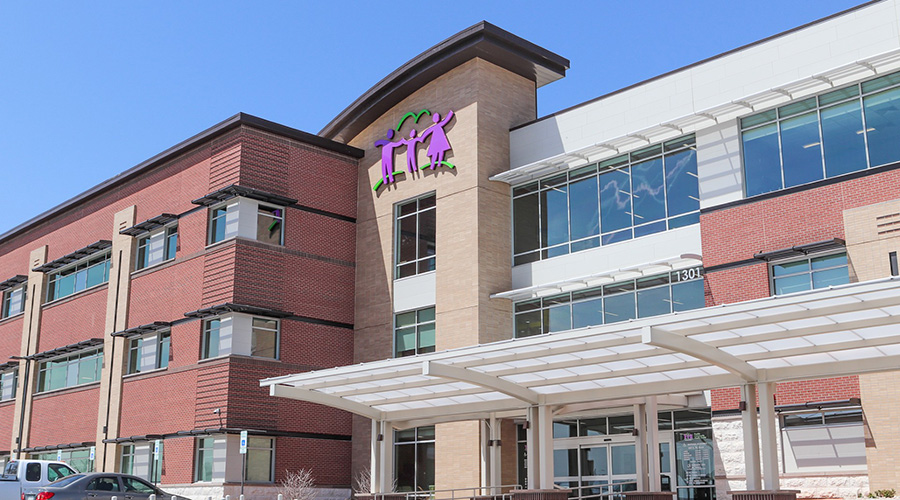Managing Motors
Not all motors installed in facilities are candidates for replacement. Some provide a faster payback on the replacement investment than others. Identifying motors to replace and determining the time to replace them requires careful consideration by managers. The most comprehensive means of accomplishing this goal is a motor-management program.
The purpose of such a program is to get the highest rate of return on the motor inventory while minimizing downtime. These programs, which originated with industrial applications, provide managers with a tool to not only maintain their electric motor systems but also to maximize their operating efficiencies.
When examining different motor-management programs, managers should look for one that targets a specific type of facility and maintenance operation. Overly complex programs soon get set aside and ignored. Those that do not have the features needed for a particular application will fall short of expectations.
Comprehensive programs include such tasks as providing training, identifying critical components, implementing a facilitywide maintenance program, and performing ongoing monitoring of motor systems. Most programs are computerized and designed to give managers schedules for maintenance and replacement that meet the needs of their operations.
Programs typically include an inventory of all motors installed in a facility, and they can track motor-related maintenance activities, schedule preventive and predictive maintenance activities, and help managers maintain an inventory of spare parts and motors.
One key element of such a program is the inventory of motors installed in a facility. For each motor installation, technicians need to gather nameplate data, such as the motor's horsepower, frame size, voltage, and number of phases. They also will need additional information, including the age of the motor, its maintenance history, and the size of the load it is driving.
Next, they will need to test each motor or load combination to determine if the proper horsepower motor has been installed for that particular load. Most motors installed in commercial and institutional facilities are induction motors, which operate at their highest efficiencies at or near their rated horsepower.
Operating these motors under part-load condition results in a significant drop in efficiency. The leading cause of in efficient motor operation is a mismatch between motors and loads.
Once technicians have completed the inventory, managers should divide it into two categories — motors that are candidates for immediate replacement and those that require replacement only when they fail. Candidates for immediate replacement include motors that have reached or passed their rated service lives and are driving critical loads, as well as those significantly oversized for the application and have an annual operating time exceeding 4,000 hours. Managers should leave in place motors that are not badly oversized, operate for less than 4,000 hours per year, and are in good operating condition until they fail or need a major overhaul.
Managers should consider these to be general guidelines, and exceptions will occur. For example, if a failed motor only operates for 2,000 hours per year, is a standard-efficiency motor, and has a cost to repair or rebuild that exceeds 50 percent of the replacement cost for a premium-efficiency motor, it usually is worthwhile to replace the motor rather than repair it.
In all cases, managers should evaluate their options based on the particular application. The amount of money they can save will depend not only on an improvement in operating efficiency but also on local utility rates and the annual number of hours of operation for that particular motor.
Related Topics:














